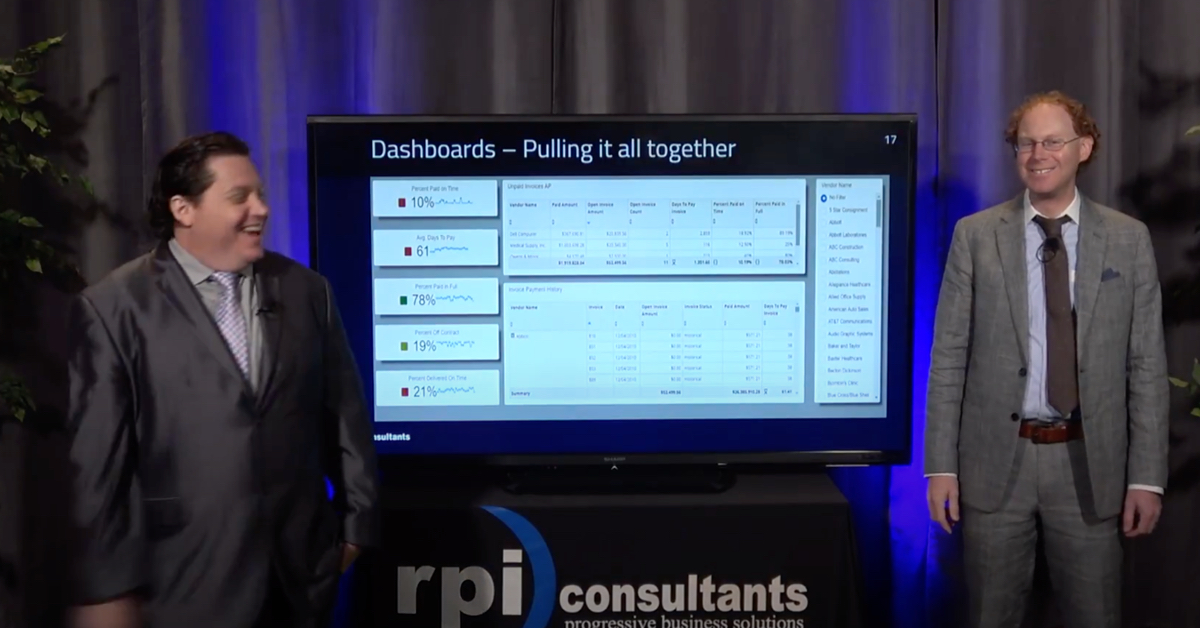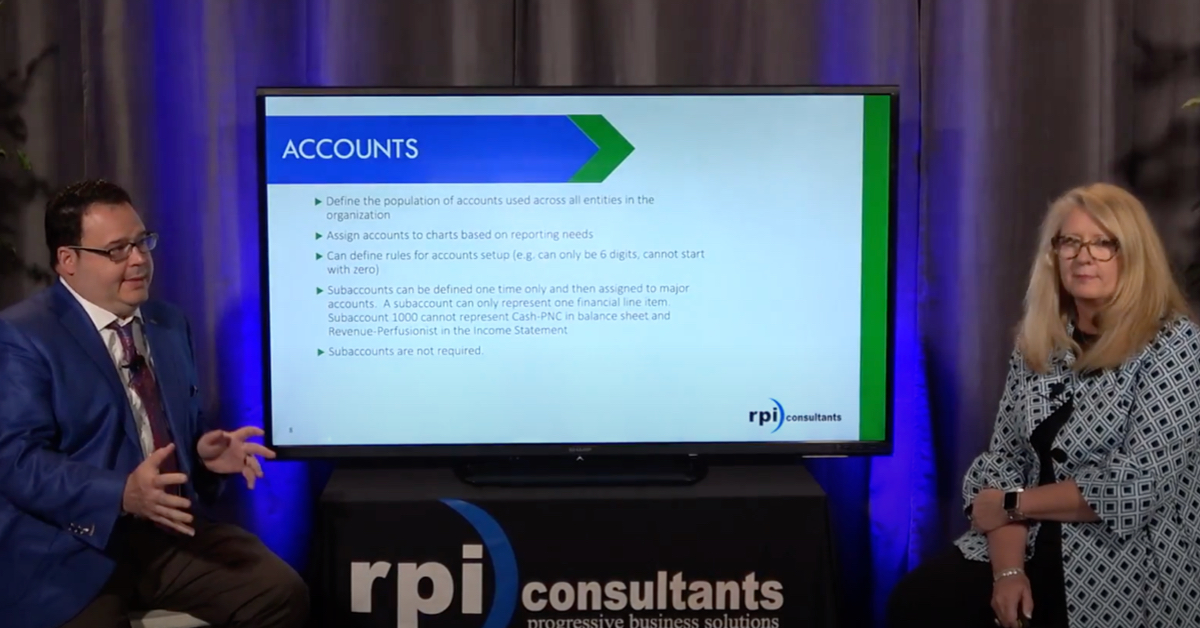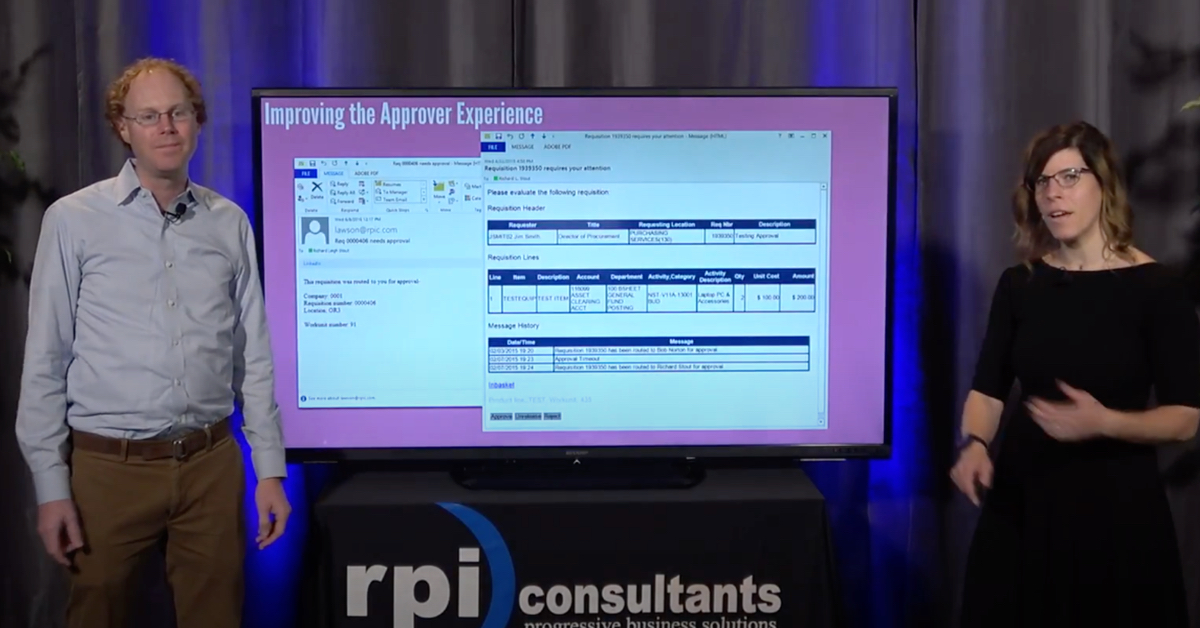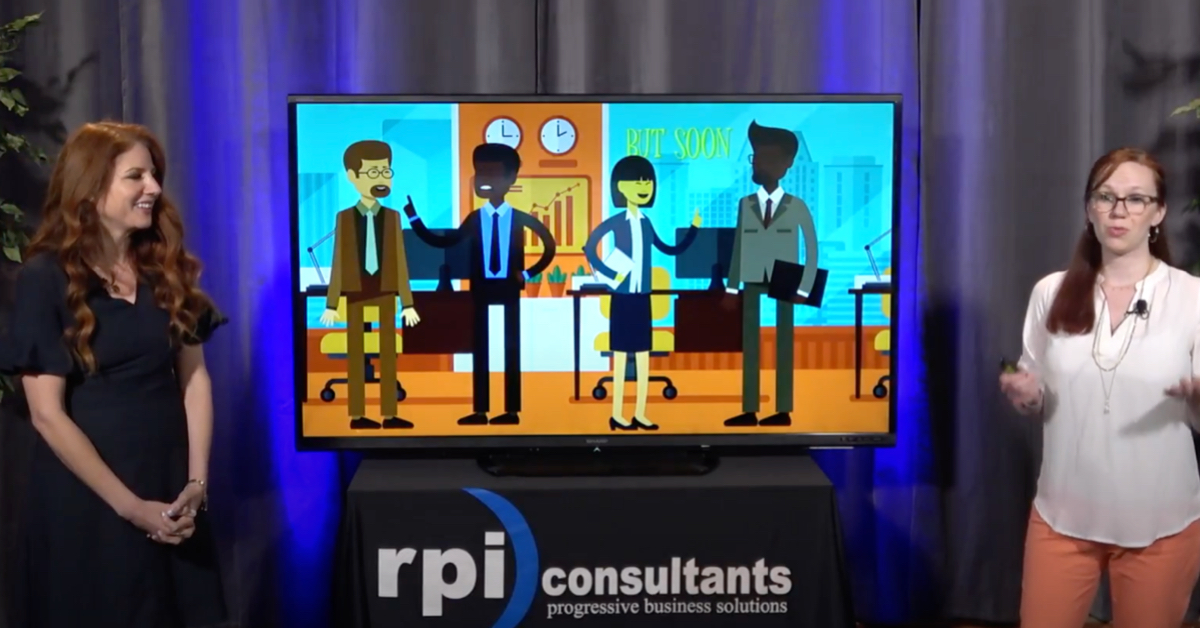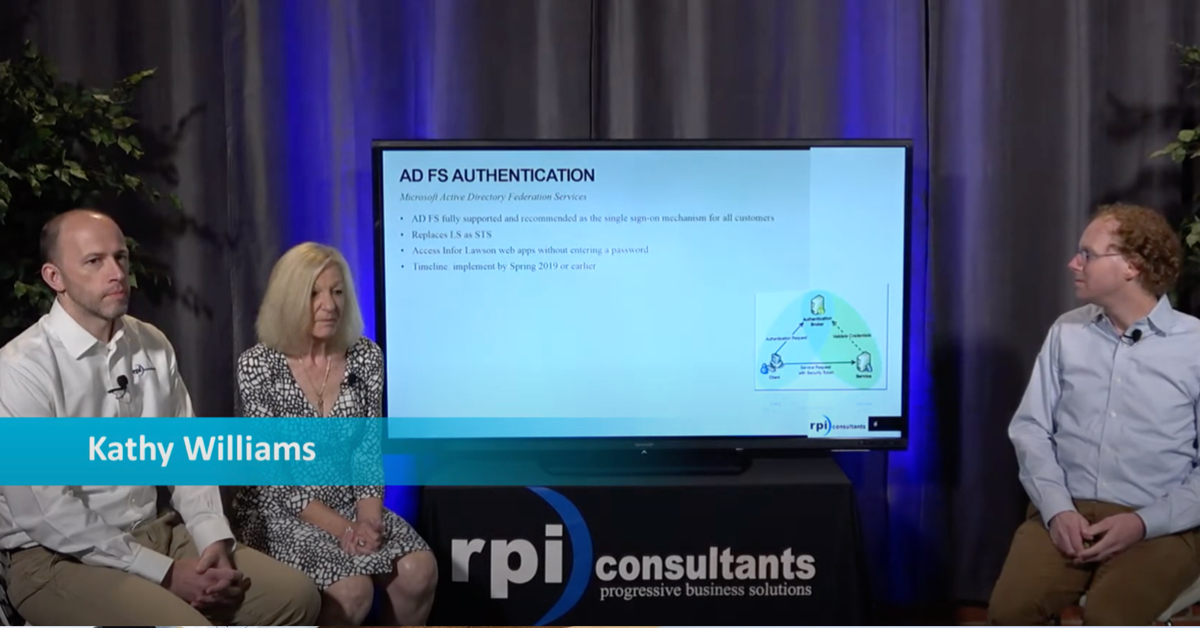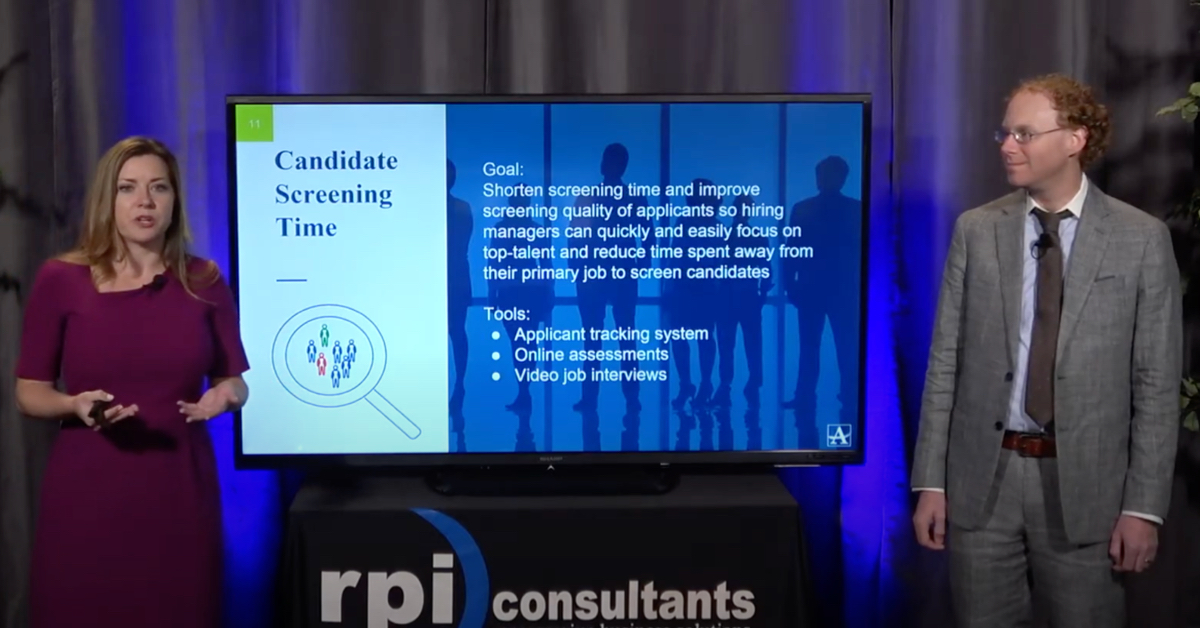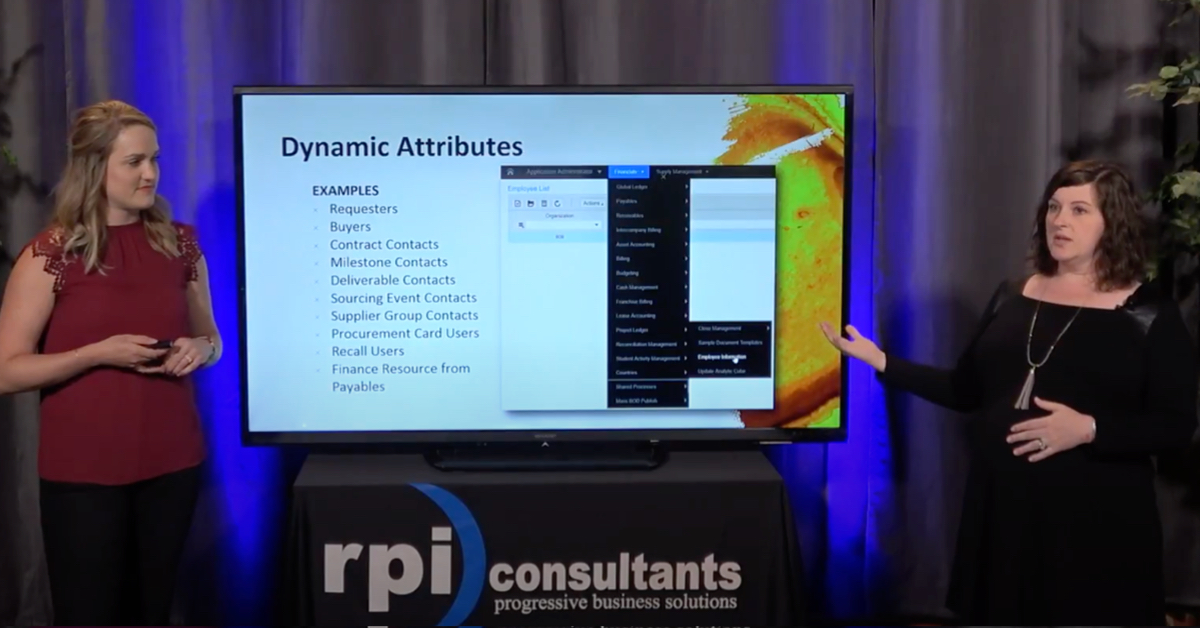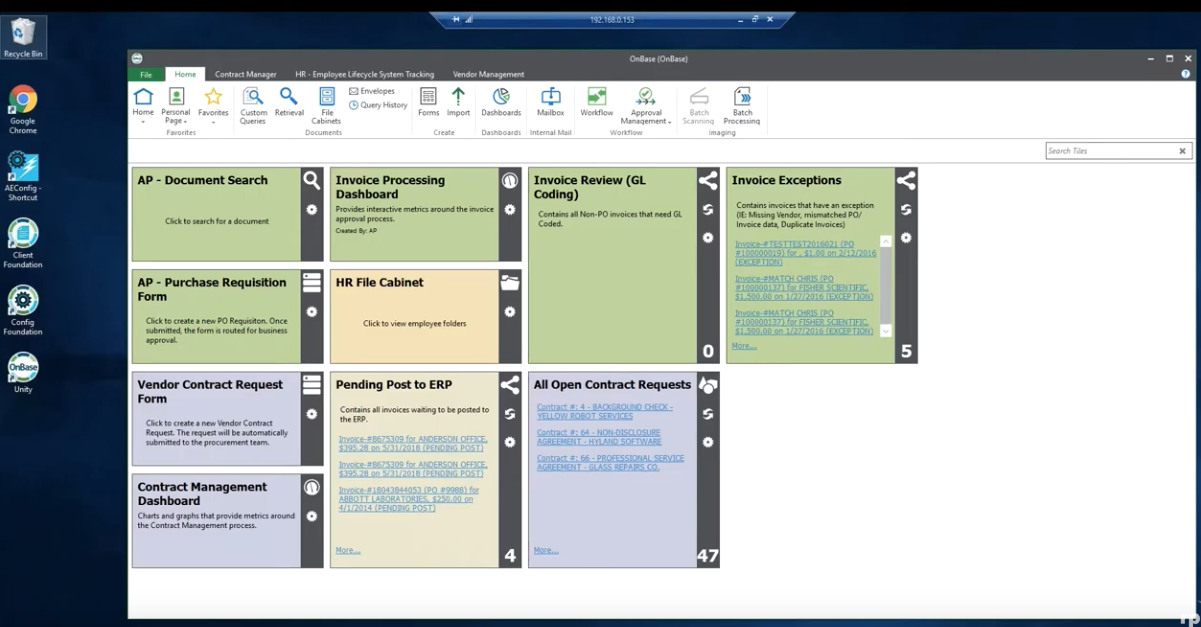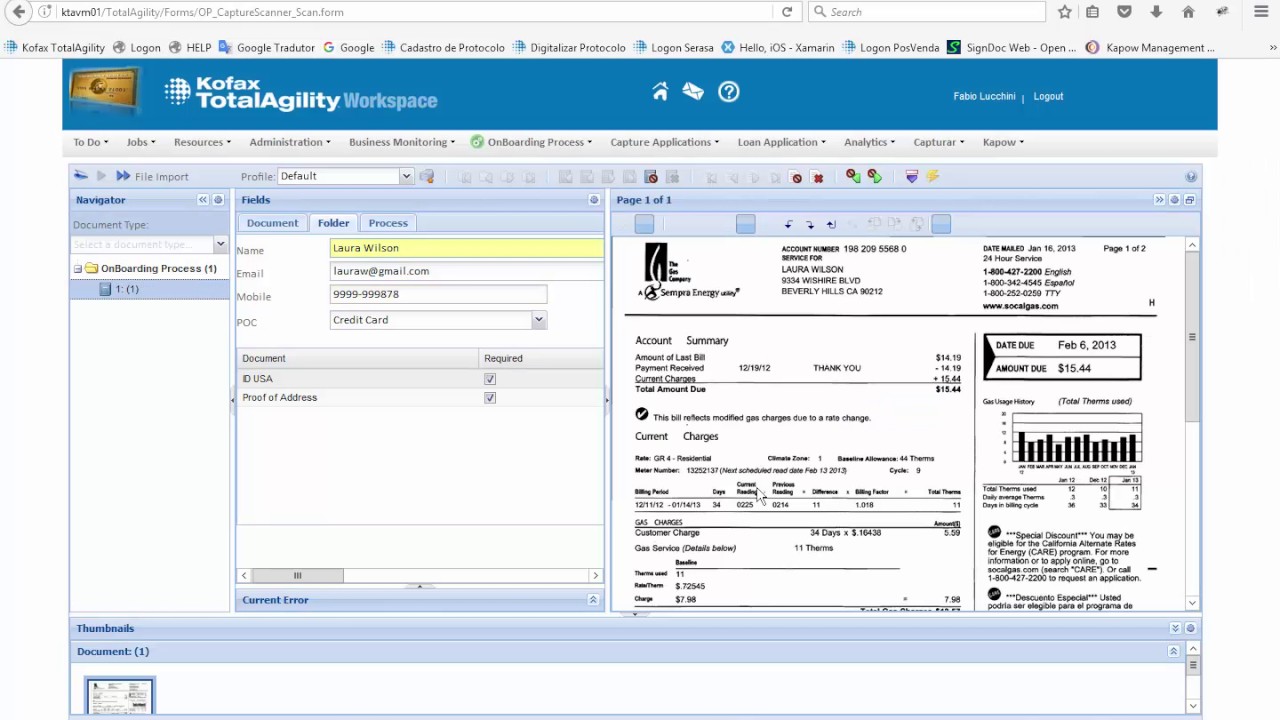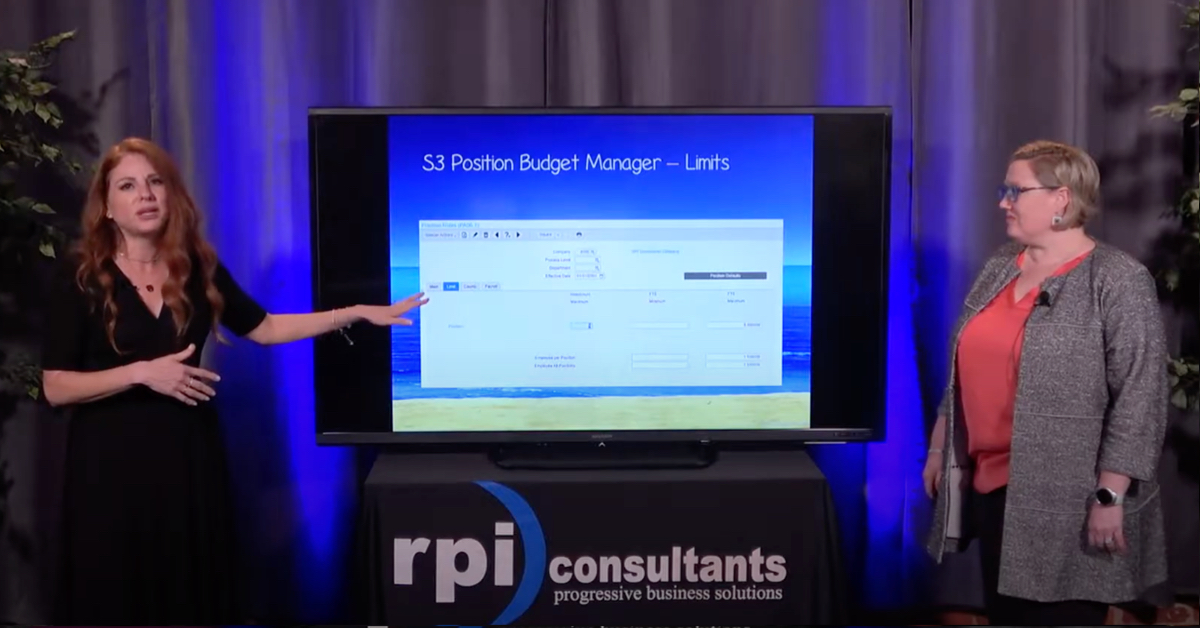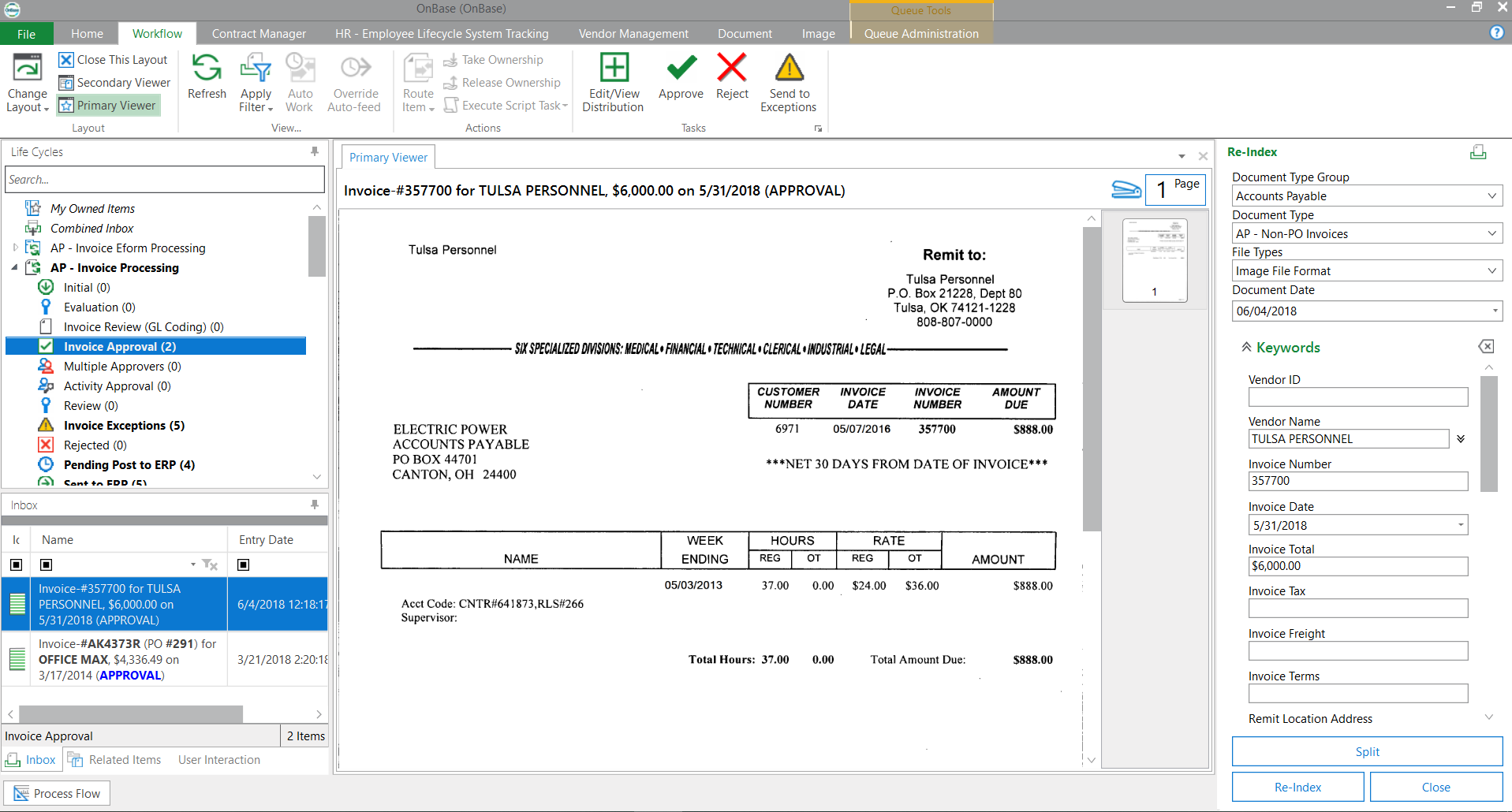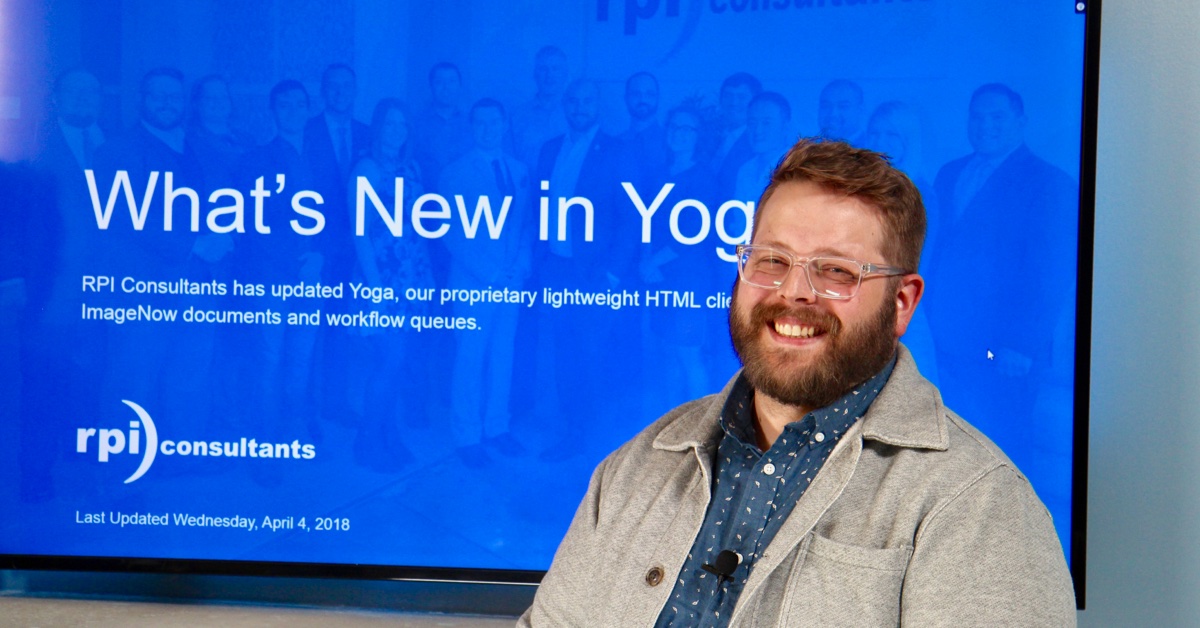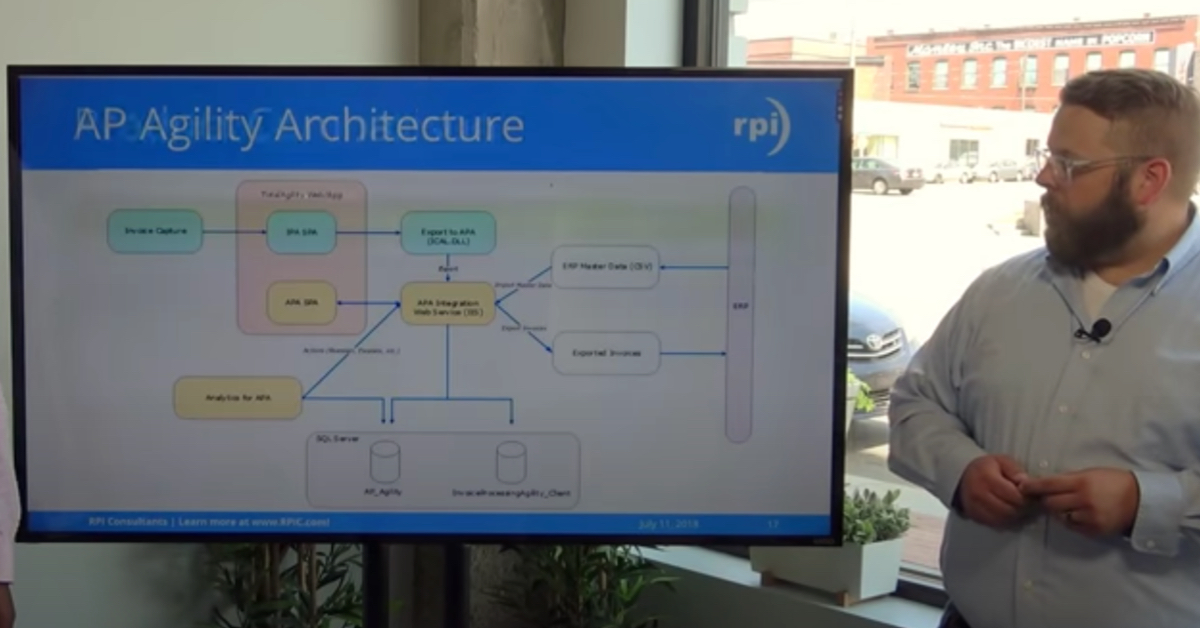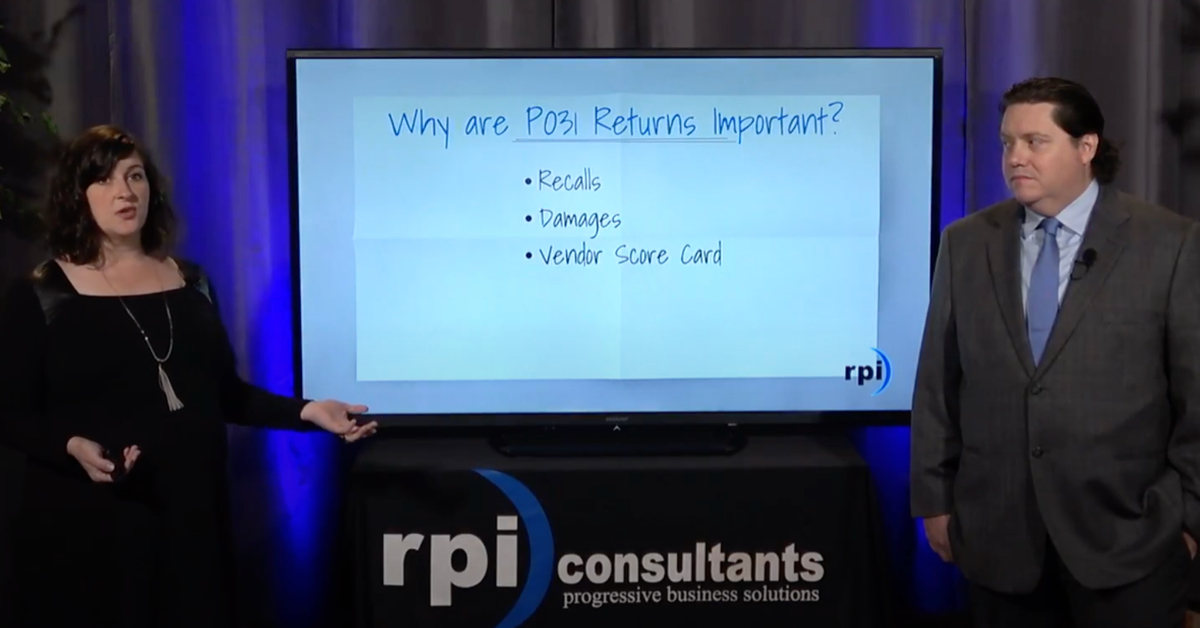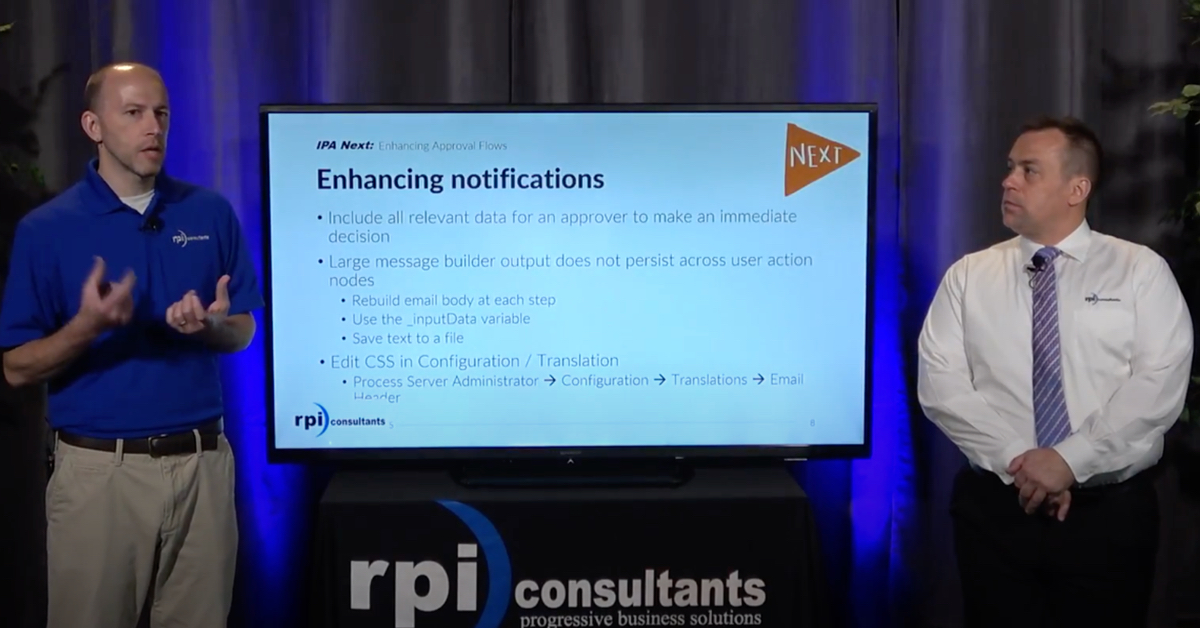Pitts:
Welcome to webinar Wednesday’s here at RPI, and thank you for joining the OnBase integration for Microsoft outlook webinar. My name is Pitts. We do this webinars on the very first Wednesdays of every month, and today’s webinars include our OnBase integration for outlook webinar, which is what you’re in right now.
Later today we have our Kofax products overview at one. We’ll be talking about Kapow, which is Kofax’s robotic process automation tool at two. Then Chris and Shawn will be going over your upgrade planning later on at three.
The webinars scheduled for next month in June include our very own Lawson COM Object, and then our AP Agility for Kofax KTA, as well as the approval manager solution for OnBase. Just as a reminder, June is our summer webinar series for the Lawson practice as well, so feel free to register for those at RPIC.com/webinars.
As I said, my name is Pitts. I’ve been working in this Perceptive Content space for about six years now. I have extensive experience in the clinical healthcare space, so a lot of the products and solutions around hospitals, I do a lot of that work. I also have a tiny little Pomeranian named Tofu that I love.
Derreck:
I’m Derreck Mayer, one of the senior consultants here at RPI. I’ve been working with ECM products, including Perceptive Content, back for the last eight years with a focus on accounts payable back office, as well as higher education with an emphasis on client/user administrative training. In my free time I do a lot of podcasting, so you should get your dog on the show.
Here’s our agenda for today. We’re gonna talk a little bit about who we are as an organization at RPI consultants, and we’ll be going over an overview of the integration for Microsoft outlook product for OnBase, as well as the architecture and licensing for it. There’ll be a demonstration video for some use cases for that product, and then we’ll go over the features in more detail before wrapping things up and opening it up to questions for everyone.
All right, so who we are, RPI Consultants. RPI Consultants currently has over 80 employees across the country with three main headquarters in Baltimore, Tampa, and Kansas City, Missouri, which is where we are. Our team consists of consultants, project managers, and technical architects. We focus on various areas including experience in installations and upgrades, architecture and strategy solutions, manage services, and we focus on basically these product line: OnBase by Hyland, Brainware by Hyland, Perceptive Content, Kofax, and we design solutions to implement and so forth.
Pitts:
All right. So the integration for Microsoft Outlook. This solution connects email to the business processes inside of OnBase. The idea is that we’re able to integrate with OnBase directly from Microsoft Outlook, so the users are just pointing towards inside of their Outlook program.
At a high level, what is integration for Outlook? It’s really just a plugin for Microsoft Outlook that allows us to integrate directly into OnBase. Once this plugin is installed, you’ll notice an OnBase ribbon at the very top of your Outlook. This allows you to capture emails, their attachments into OnBase directly. Allows you to automate those work flows as you capture those documents in and even allows you to access the repository and the work flow contents directly from Outlook. A lot of these buttons pull up a smaller version of the Unity client for the same look and feel so your OnBase user’s will have that similar experience as they go through this work flow.
Like I said, it’s a very lightweight solution. It’s typically installed with a very small MSI. The idea is that if the client machine can run Outlook, it should be no more work to install that plugin and run the plugin on top of Outlook.
Derreck:
So we’ll take a quick look at the architecture for how integration for Microsoft Outlook fits in for your OnBase solution. So the MSI plugin is installed on your user work stations. This is done at each computer level, and can communicate either directly with the OnBase application server, or with your OnBase web server depending on the architecture for your organization.
As its shown here, the desktop then communicates with one of those two servers. The web server, of course communicating back to the app server, and then the app server communicating to your document storage and database servers. This is just, like Pitt said, a very lightweight MSI plugin. It’s quick and easy to install and it integrates directly into Microsoft Outlook for users that are leveraging that on a regular basis.
The way it’s licensed has changed relatively recent. Back in October of 2017, the licensing changed. Prior to October, the licensing was done on an Outlook version basis, so you had a license a for example, Microsoft Outlook 2003, and that was a license for that, and if you upgraded to 2007, that would require a different license. This is no longer the case, integration for Microsoft Outlook is now licensed for Outlook in general, so when you upgrade to a newer version of Outlook you can keep your license. This will be very important moving forward with OnBase. This chart here shows the road map for OnBase 18 and 19 which are not released yet. 17 currently supports Outlook 2007, 10, 13, and 16. OnBase 18 will be dropping support for 2007, and then 19 will drop support for 2010, but like I said, you can now keep your license with you through those different versions of Microsoft Outlook.
Before we go into the features themselves in more detail, we’re going to take a look at demonstration video that walks through a human resources process, and again this is very similar to other processes you might use like invoice approvals as well. Let’s take a look.
Video Speaker:
In this demonstration video, we’re going to look at several key features of integrations for Microsoft Outlook from Hyland, including importing and retrieving documents, adding documents to and retrieving documents from work flow, generating new documents, and finally attaching documents to an email and sending them externally. Let’s begin.
We begin with Microsoft Outlook opened to our inbox. We have an email job application from Sam Hastings. We’re going to bring this email and it’s attachment into OnBase for a human resources review. To do this, we’ll leverage integration for Microsoft Outlook’s automated indexing feature, which has been configured on the resume’s development folder. I’ll simply select Sam’s email and drag and drop it into the development folder.
The OnBase thin client will now capture and automatically index this email, along with the attachment. Once this process is complete, you’re notified by a pop up.
The next step in this process is to retrieve the document from OnBase. To do this, I’ll access the OnBase tab in Microsoft Outlook and click on the retrieval button. Once the client loads, I’ll select human resources from the document types and groups drop down. Then I’ll select HR cover letter from the list. This updates the keywords and date range search fields. I’ll enter Sam Hasting’s name in the name field and then click find to perform the search.
The one cover letter from the imported email is returned. I’ll double click that document to open. This opens the document, which is essentially the email body. By clicking the cross reference button, I can display other documents for Sam, specifically the resume. I can double click on the resume and view that document. Clicking the keywords button will display all important keys for this document, like name, applicant ID, email, and so forth.
Next, we’re going to look at the workflow features in integration for Microsoft Outlook. We begin. Back at the Outlook with the OnBase tab selected. From here, I’ll click the work flow button. The goal is to review the applicant resume and determine if we want to approve or reject their application for the position.
To do this, I’ll scroll down to the HR applicant hire or reject life cycle. This shows us Sam’s resume. In the real world, we’d likely see multiple resumes here, for the purposes of this demo, we’re going to focus just on Sam’s.
With the resume selected, we can see if there are any documents related to this application by selecting the related items tab next to the life cycles tab. This displays three different documents. We can double click on these to view them, but since we’re the ones that capture and already reviewed these documents, I believe we’re ready to make a decision.
I am going to hire Sam Hastings by clicking the hire button. I’ll enter the appropriate salary and click okay. Then I’ll enter the HR generalist name, which is Cindy Smith in this example. Then I’ll click okay again.
This launches the offer letter. I can review this letter to ensure everything is in order. As you can see, today’s date, the applicants name, and starting salary, were entered automatically for me. Once I’m happy with the letter, I can click the accept button. Finally I need to enter the employee ID for Sam.
Once that is entered I can click import. After processing is complete, I can return to Microsoft Outlook. This brings us to the final steps of our process. We now need to send the offer letter to Sam Hastings. I’ll begin back in Outlook by clicking new email from the home tab. I’ll enter Sam’s email address, along with the subject relevant to this being an offer letter. I’ll also fill out the email body with some basic information.
Now it’s time to attach the offer letter. I’ll do this by clicking the attach from OnBase button found here on the home tab. I’ll select HR from the document types and groups drop down, and then find the HR offer letter document type.
I’ll enter Sam Hastings in the name field, then click find. This returns the single offer letter we generated earlier. I’ll select it, and then click the attach from OnBase button. Assuming everything is in order, I can now click send, completing this process. This concludes our demonstration video on integration from Microsoft Outlook by Hyland. Thank you.
Pitts:
Excellent. Now we want to highlight some of the main fractures and functions for this solution, just give you a little bit more detail for what you guys saw within that demo. As you recall from the demo, this all starts with the captures of the documents into the system. This integration allows you to capture emails, attachments, or emails and their attachments directly into OnBase without actually leaving the Outlook interface.
Through the ribbon, you’re able to capture these kind of in a ad hoc basis. When you hit import, you’ll be presented with that pane on the right hand side. That should be a familiar pane to OnBase users, that’s just the typical document creation. It’s gonna ask you for your key words and then you have any of these other metadata to store on that document.
The more prescriptive way of doing this is to set up the automated indexing. As you also recall from the demo, you’re able to drag and drop emails into specific folders in Outlook in order to capture those documents. What we can do is we can set up configuration on those folders with all sorts of rules like archiving. Does the email need to leave the folder? Does it need to be routed to a different folder so we can even chain stich a bunch of OnBase processes together if we need to.
These folders are gonna trigger work flow actions, and then of course we can also pull indexing information from the message itself onto the document as we bring it in, so stuff like the subject line or the email address that it came from, or the one that it went to. Information like that can be indexed on the document as we import.
Another big piece with the integration is the work flow piece. So you’ll notice from that ribbon, there is a work flow button, and that pulls up this UI that’s very similar to the Unity client. It can do a majority of the features that you can within the full client. It allows you full access to the work flow. You’re able to access those life cycles or your queues, see those related items, apply any filters, but most importantly, it allows you to complete those tasks as we saw in that video.
These work flow tasks for completion, the video used and HR example, and then in the HR situation, we wanted to determine if the applicant should be hired or not. When you select hire, the pop up, those prompts come up asking for you for more information. That’s all configured within OnBase.
You can do that from the work flow module or you can do that from directly within Outlook. If OnBase sends an email with that specific hyper link and the email client has the plugin installed you’ll get this pane on the right hand side that’s very similar to what was in that work flow viewer, but those are considered those ad hoc tasks, so a very big use case here is for invoice approval. You’re able to approve those invoices without actually logging into OnBase, doing it straight from Outlook.
Normal document retrieval is also available directly inside of Microsoft Outlook, there are basically two ways to go about this. You can use the standard retrieval process, or you can use custom queries. The image here is for the normal retrieval process, but the custom quires button is just to the left of it. Both of these searching capabilities for document retrieval provide an embedded document viewer so that you can see the document image, view related items for the document that you have found, and search on the keywords for those documents, so they’re both very robust, they both bring up the lightweight client for OnBase to perform those searches directly from Outlook.
As the video showed, you can also export documents from OnBase and take them into an email and send them out. This again is also done directly from Microsoft Outlook. You can export documents from OnBase, put them directly into your email. This is done using a document retrieval interface as a window pane on the right hand side of the new email that you’re generating. You can attach multiple attachments at the same time. They can be different types of documents as well. This also includes various document encryption depending on the type of document that you’re attaching. For example, PDFs offer a few different options for document encryption when you are attaching these. So the main point being here that you can do this from Outlook itself rather than going into OnBase and exporting it later.
All right, so we’re gonna go over a little bit of a summary with some considerations for integration for Microsoft Outlook before we open it up to our questions.
Derreck:
Yep. There’s a few things to consider as we explore using integration for Outlook in your enterprise. The first being a solution and opportunity analysis. We want to take a look at the current solution, see where this fits, see where your end users are really gonna benefit from using this Out plugin for their OnBase work flows. After that, we’ll probably want to take a look at licensing and installation.
Even though it is a lightweight client, we still need to install that MSI on every single client on every single client work station that’s gonna be using Outlook. There’s some minor configuration needed there as well, so those are the kinds of things that we want to talk through.
After that, we do treat it like a typical project. There’s a configuration piece, a deployment piece. Any development that might need to happen, and then we do training, and then we do the project go live. This is a very popular client. Some people refer to it as the fourth client for OnBase, so the end user training piece is very critical here, so we can improve that end user adoption so that users are really just going to be working out of their Outlook as opposed to logging into OnBase.
That concludes all of the material we had as far as the OnBase integration for Outlook solution. We will be taking questions now. Just as a reminder, there is a moderator standing by, so please submit those questions through the go to interface.
Moderator:
Yeah, thank you. First question is, “Does the Outlook integration require authentication for security?”
Derreck:
Yes. So the very first time a user tries to launch some feature of OnBase inside of Outlook it will ask that user to log in. They don’t have to do that on subsequent actions, but they will have to do it each time they relaunch Outlook from scratch.
Pitts:
Then just on top of that, the security, the items that you have access to, that’s all based on that user’s security, so some of those drop downs you might have seen with the document type groups show you everything. The user doesn’t have access to specific queues, specific document types, they wouldn’t show up within that light client.
Moderator:
Very good. Next question is, “Does the Outlook integration work on Mac or OSX?”
Derreck:
No. So the integration for Microsoft Outlook tool does not function on OSX or Mac OS. It’s not supported on those. It is Windows only.
Moderator:
Okay, and another question is, “When would you not want to use the Outlook client, or when would you need to use the full Unity client?”
Pitts:
Yeah, so the idea with the full Outlook client and the Unity client, everyone’s kind of moving towards this Unity client. The big difference being that if you were a power user, you need your dash boards, you need reporting, you would use the full OnBase client, as opposed to just this light client. The light client is really designed for end users so that they could just remain working inside of Outlook and not have to actually launch the OnBase client.
Typically the divide is really your power users using the full client, as in everybody else will be using that Outlook client. Not to say that you can switch those roles completely. Sometimes power users find all the functionality they need out of the Outlook client as well.
Moderator:
And no other questions, but we did get a very good call out, something that we can add as a comment, that to be aware that although there’s one version of the client, there are separate installers for 32 bit and 64 bit Office, which can trip you up when you’re deploying a software package.
Derreck:
Yeah that’s a great point.
Moderator:
So thank you, Tia, for that. That is all of our questions.
Derreck:
Okay. Well thank you everyone for your questions and for your time. This presentation will be available online shortly at RPIC.com/webinars. We also have some additional resources. We have our own RPI knowledge base, which is available at RPIC.com/knowledge-base. We have other recorded webinars as well at RPIC.com/ISTS-webinars, several covering OnBase itself, including an overview, a comparison between Hyland OnBase and Perceptive Content. Some considerations for migrating from Perceptive Content to OnBase, and we have some more coming to you in the future.
Pitts:
Excellent. Thank you.












